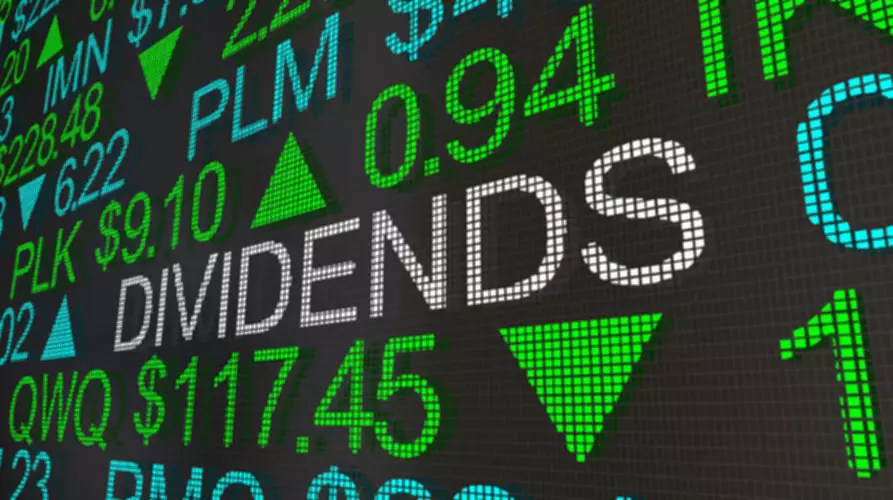Bookkeeping
Is equipment a current asset?
Content

Notes payable are unconditional written promises by the company to pay a specific sum of money at a certain future date. The notes may arise from borrowing money from a bank, from the purchase of assets, or from the giving of a note in settlement of an account payable. Generally, only notes payable due in one year or less are included as current liabilities.
The internal capital structure policy/decisions of a company will determine how much of long-term debt is raised by a company. The one major downside of high debt levels in the accompanying higher levels of financial leverage which could severely amplify a company’s losses during an economic downturn. Throughout this series of financial statements, classified balance sheet you can download the Excel template below for free to see how Bob’s Donut Shoppe uses financial statements to evaluate the performance of his business. Companies report any current installment on long-term debt due within one year under current liabilities. The remaining portion continues to be reported as a long-term liability.
The objective of the Balance Sheet
Intangible assets Intangible assets consist of the noncurrent, nonmonetary, nonphysical assets of a business. Companies must charge the costs of intangible assets to expense over the period benefited. Among the intangible assets are rights granted by governmental bodies, such as patents and copyrights. Other intangible assets include leaseholds and goodwill. https://www.bookstime.com/ The long-term investment classification in the balance sheet does not include those securities purchased for short- term purposes. For most businesses, long-term investments may be stocks or bonds of other corporations. Occasionally, long-term investments include funds accumulated for specific purposes, rental properties, and plant sites for future use.
- Verification of debt paying capability of a business.
- Between current assets and investments.
- Tangible assets are company-owned property or physical goods that are integral to the business operation.
- Such as treasury bills, short-term notes maturing within 90 days, deposit certificates, etc.
- The major groups on a balance sheet include assets, liabilities, and owners’ or shareholders’ equity.
- Whether your business uses the aforementioned current or noncurrent assets, make sure your accounting personnel record them properly on the balance sheet.
They’re usually salaries payable, expense payable, short term loans etc. As shown above, in the Classified Balance Sheet example, there are proper classifications that help the reader identify the assets or liabilities and their type.
What Do Accountants Mean by Capitalizing Fixed Assets?
Property, plant, and equipment—which may also be called fixed assets—encompass land, buildings, and machinery . The other assets section includes resources that don’t fit into the other two categories like intangible assets.
- Expansion costs have brought the current ratio down to 1.40 on December 15.
- Identify where the following item would be reported in the financial statements.
- Prepaid expenses and accrued income but not received.
- In essence, it is the profit that has been retained and plowed back into expansion of the business.
Of these three options, fixed assets is the only classification that qualifies to itemize office equipment. It is important to note that most office equipment and supplies don’t qualify because the expense is not large enough to meet the capitalization threshold. These are short-term resources that are utilized within the operating period, usually a year. They are required for the daily operations of the company. They can vary in their liquidity as some items will be more liquid than others. For instance, short-term securities held for sale will most likely be more than liquid than accounts receivable or inventory.


